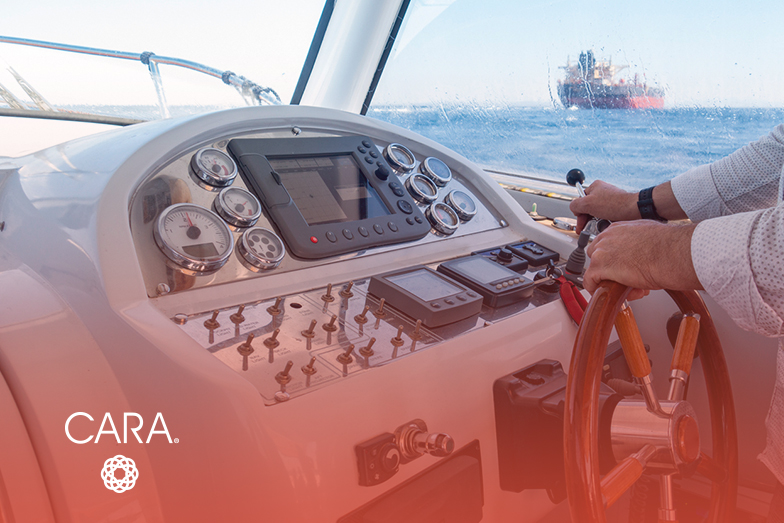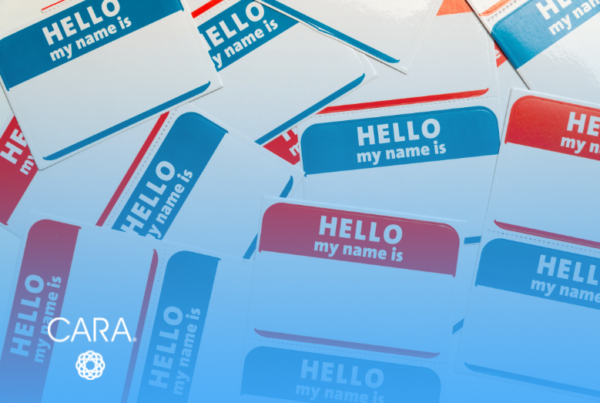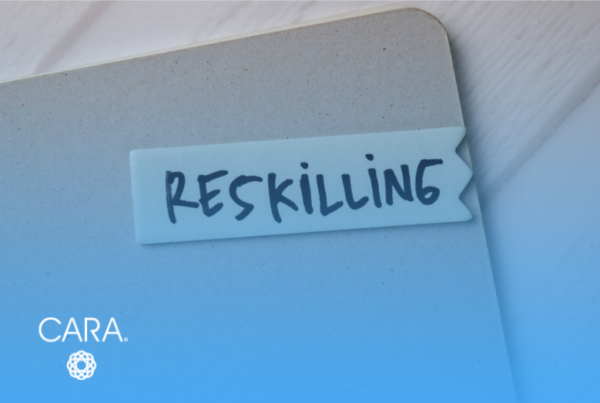
When it comes to change within your organization, wouldn’t it be great if all you had to do was announce it and let others do the rest? As a business leader, you know transformations are complex. But while leaders often champion new initiatives and strategies, we’re seeing a crucial factor that is often underestimated and affects change success: organizational readiness. To weather the storm and emerge stronger, this is a factor that can’t be ignored.
Focusing on organizational readiness is not just a wise investment, it’s a leadership imperative. By creating an environment where change is embraced, leaders can guide their organizations through even the most turbulent waters, emerging stronger, more resilient, and better equipped for the future.
What is organizational readiness?
Think of it as the psychological and behavioral preparation of your workforce to embrace and implement change effectively. It’s not just about having the necessary skills, but also about having the right mindset, motivation, and support systems in place. When an organization is truly ready to make changes, its members are engaged, open to new ideas, and willing to put in the effort to make them successful. Simply put, it’s about creating an environment where employees are motivated, equipped, and confident to navigate the journey of change.
Simply put, organizational readiness is about creating an environment where employees are motivated, equipped, and confident to navigate the journey of change.
Why is it crucial for leaders to prioritize organizational readiness?
Imagine trying to launch a new ship without ensuring its seaworthiness. Ignoring organizational readiness is like doing just that. The consequences can be dire: resistance, confusion, decreased productivity, and ultimately, failed initiatives. Research suggests that up to 50% of organizational change efforts fail due to a lack of readiness. When leaders prioritize organizational readiness they see:
- Higher success rates: Studies show that organizations with high readiness are twice as likely to achieve successful change outcomes. They experience smoother implementation, fewer disruptions, and faster adoption of new processes.
- Enhanced employee engagement: When employees feel prepared and supported during change, they’re more likely to be engaged and invested in the process. This leads to increased productivity, collaboration, and innovation.
- Reduced resistance and negativity: Fear and uncertainty are natural reactions to change. By addressing these concerns through effective communication and training, leaders can minimize resistance and build a positive attitude toward change.
- Resilience in the face of challenges: Change is rarely smooth sailing. Organizations with high readiness are better equipped to handle setbacks and adapt to unforeseen circumstances. This resilience is crucial for long-term success.
So, how can leaders cultivate it?
- Clearly communicate the need for change: Clearly articulate the reasons for change, the expected outcomes, and the benefits for employees and the organization. Transparency builds trust and fosters buy-in.
- Conduct a readiness assessment: Gauge the current level of readiness through surveys, focus groups, and individual conversations. This helps identify potential challenges and areas for improvement.
- Develop a comprehensive organizational change management plan: This plan should outline communication strategies, training and learning programs, support systems, and feedback mechanisms. Tailor the plan to the specific needs of the organization and the nature of the change.
- Invest in employee training and development: Equip employees with the skills and knowledge needed to adapt to the new environment. This could involve upskilling on new technologies, training on processes, or even mindset shifts.
- Foster open communication and feedback: Encourage two-way communication throughout the change process. Address concerns promptly, listen to feedback, and be open to adjustments.
- Celebrate successes, big and small: Recognizing progress and milestones keeps employees motivated and reinforces the positive aspects of change.
Remember, change is not a one-time event, it’s a journey you can steer as a voyage of discovery and progress. More specifically, it’s an ongoing process that requires continuous effort and adaptation. If you’re looking for support, we specialize in working with business leaders like you to help establish organizational readiness. Get in touch to learn more.
Get in touch


